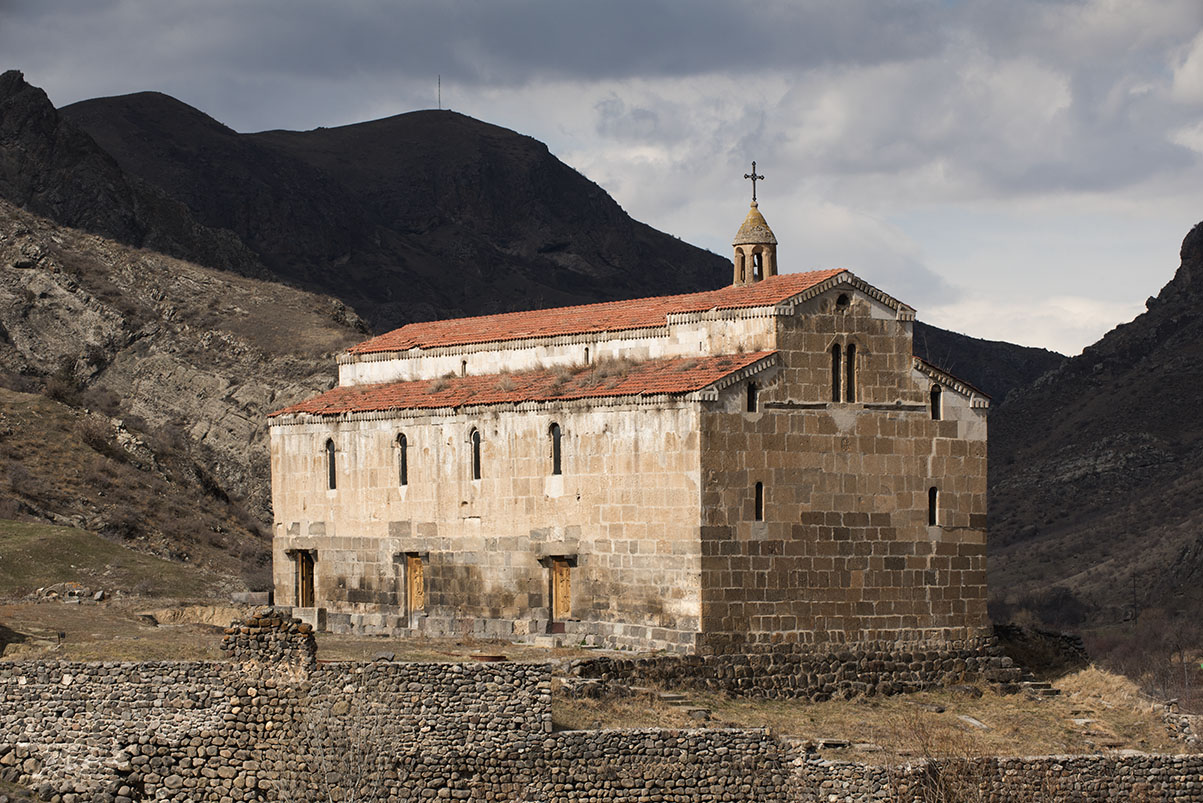
The Tzitsernavank Monastery, a basilica with its three naves, dating back to the 4th or 5th century is, probably the best preserved among the early Christian-era churches located in Armenia.
As with many other religious monuments, the Azerbaijani government is rewriting history by denying the Armenians past of this monastery and attributing it to the Caucasian Albanians.
The inhabitants of the Kingdom of Caucasian Albania, which existed during the first millennium north of what is now Nagorno-Karabakh, were largely converted to Islam following the Arab invasion of the 7th century. A small minority, however, preserved their Christian faith even after the disappearance of their state and the loss of their church’s independence, as it was absorbed by the Armenian Apostolic Church. Today, the few thousand descendants of this group, the Udis, are being instrumentalized by Baku. In April 2023, their spokesperson announced that his community had “visited the ancient Albanian temple of Agoglan” (the name used by Azerbaijanis to refer to Tzitsernavank) “on the occasion of the holy month of Ramadan.” Enough to make one lose their sense of reason.
The geographical location of Tzitsernavank Monastery also evokes another painful episode from the recent past. It is situated in the immediate vicinity of the Lachin Corridor, the strip of land that, since the ceasefire of November 10, 2020, allowed a connection between Armenia and Nagorno-Karabakh, which is situated within Azerbaijani territory. Under this agreement, Baku committed to ensuring safe passage along this corridor, under the supervision of the Russian peacekeeping contingent. But in December 2022, while the Russian forces looked the other way, the Azerbaijani military blocked the Lachin Corridor under false pretenses that fooled no one.
From that moment on, it was practically impossible for the people of Nagorno-Karabakh to reach Armenia, and subsequently, the supply of food, medicines, fuel, and other essential goods was cut off. This marked the beginning of a severe humanitarian crisis that only worsened until September 2023, when the region was emptied of the more than 100,000 people who still lived there and considered Nagorno-Karabagh their ancestral home.